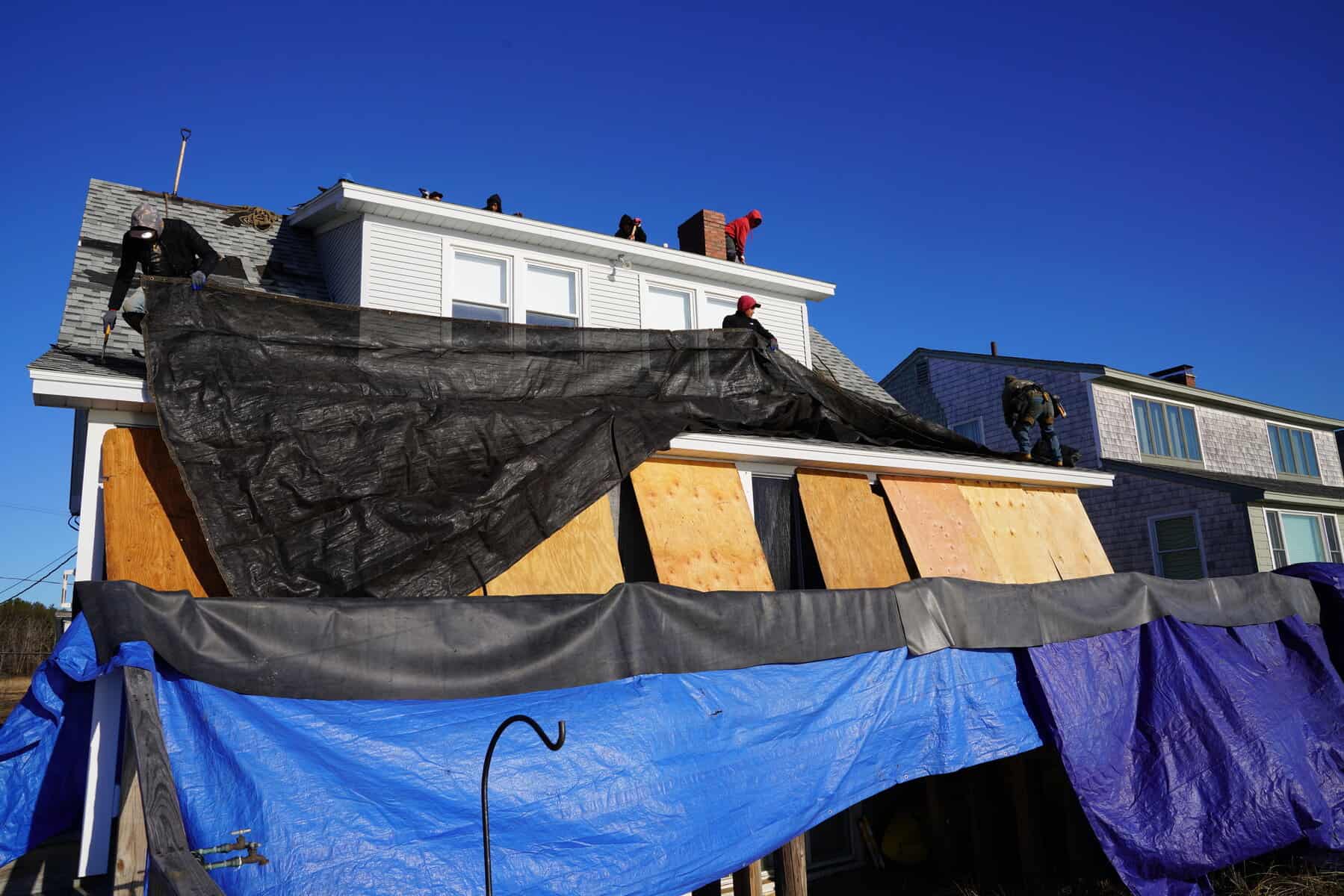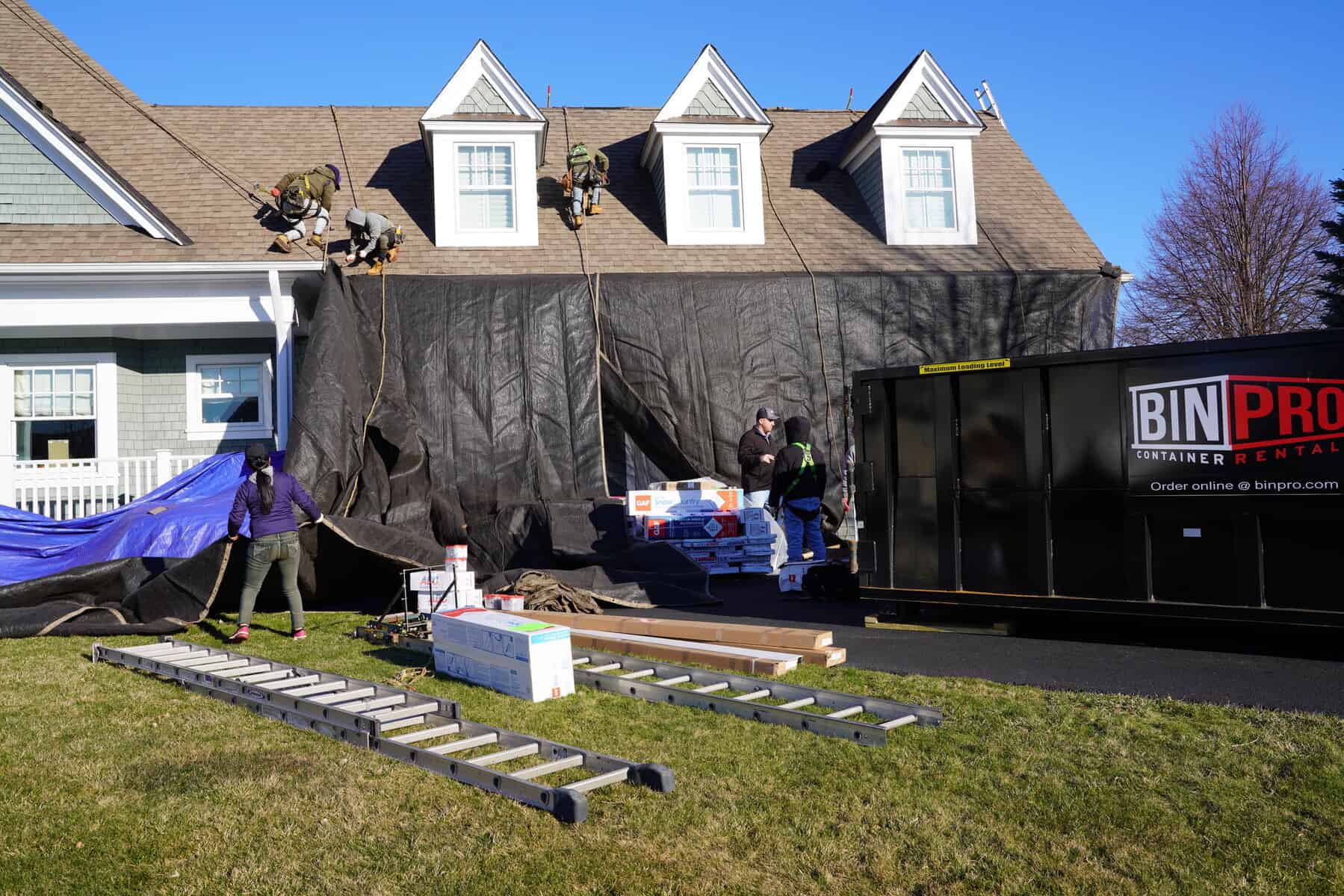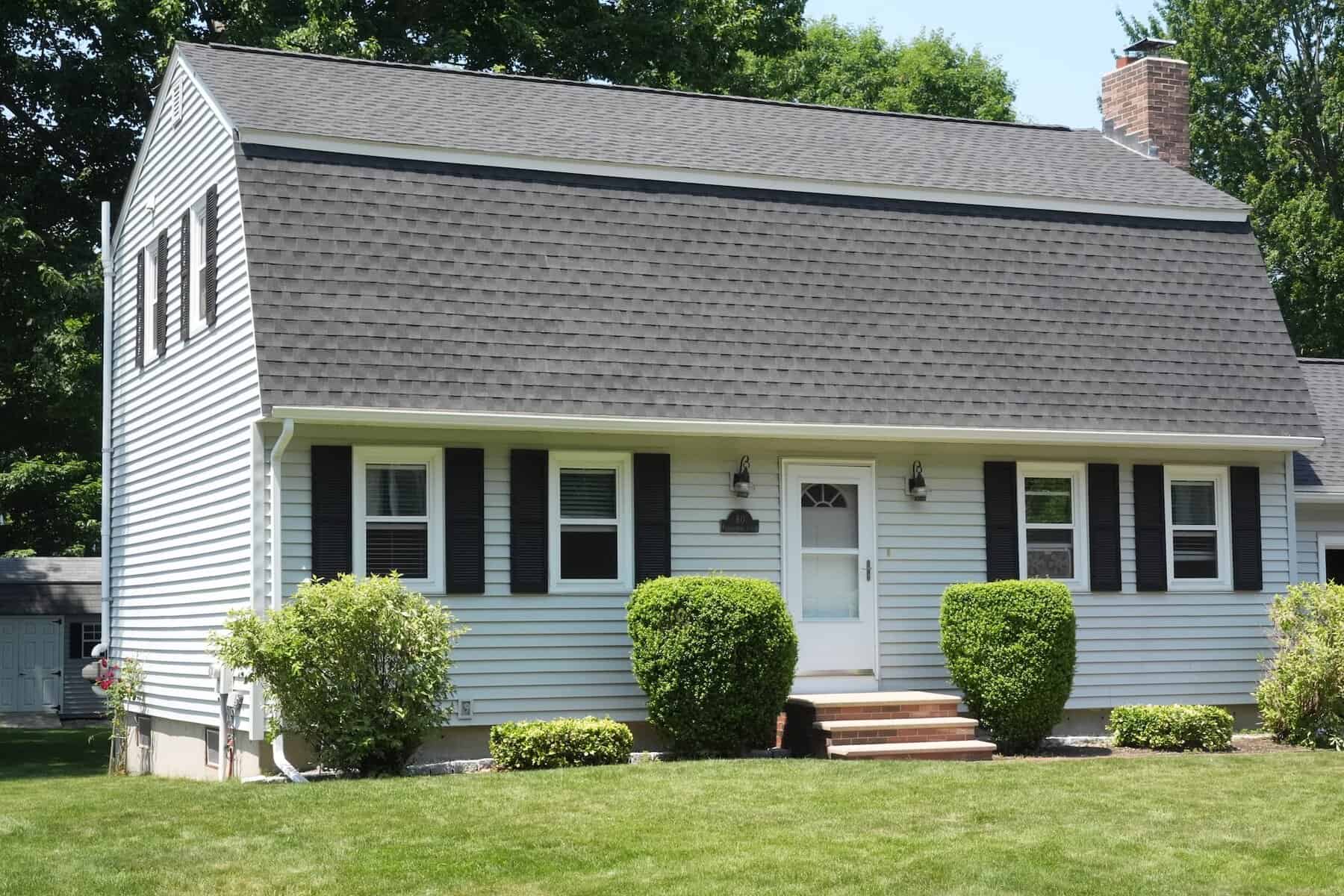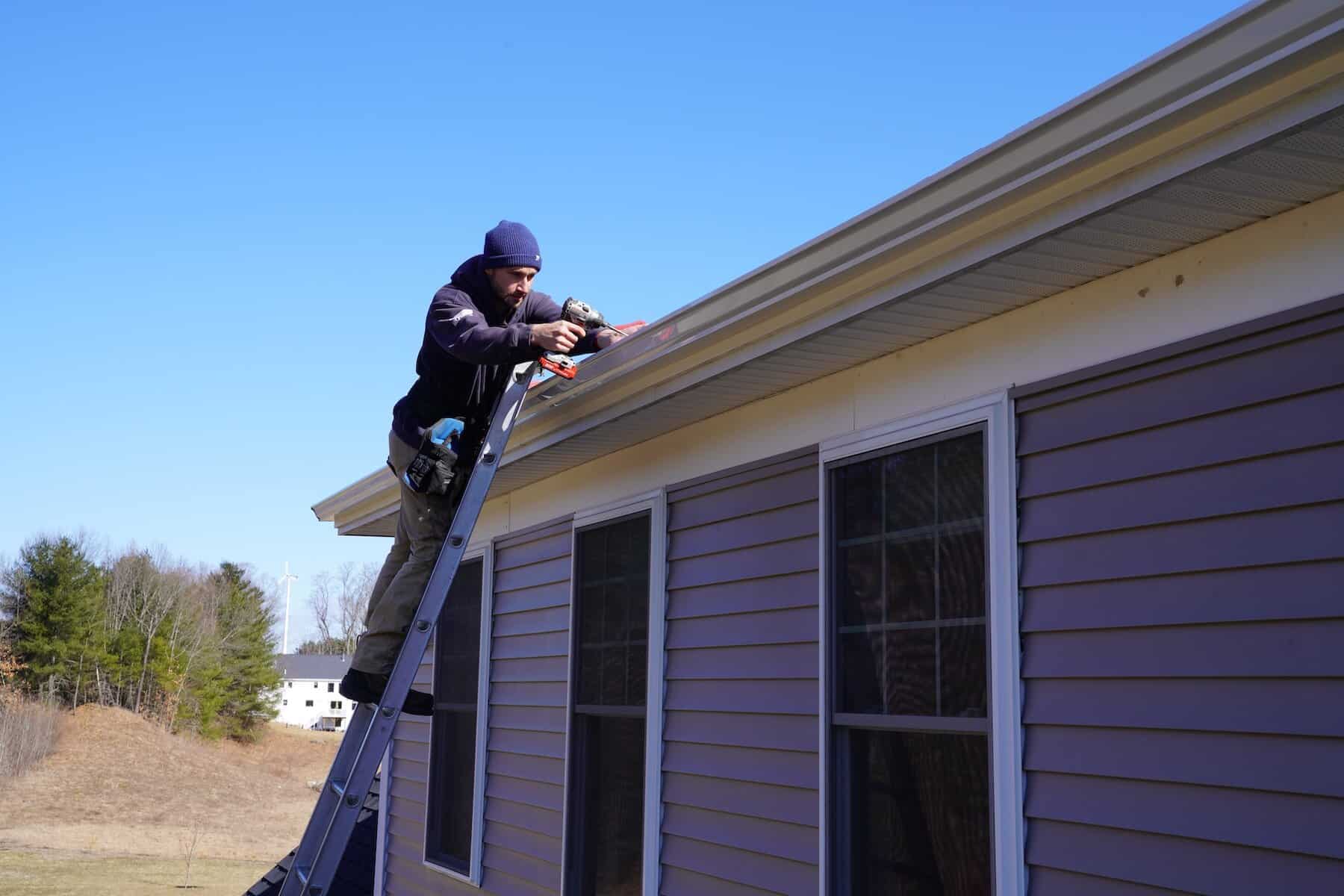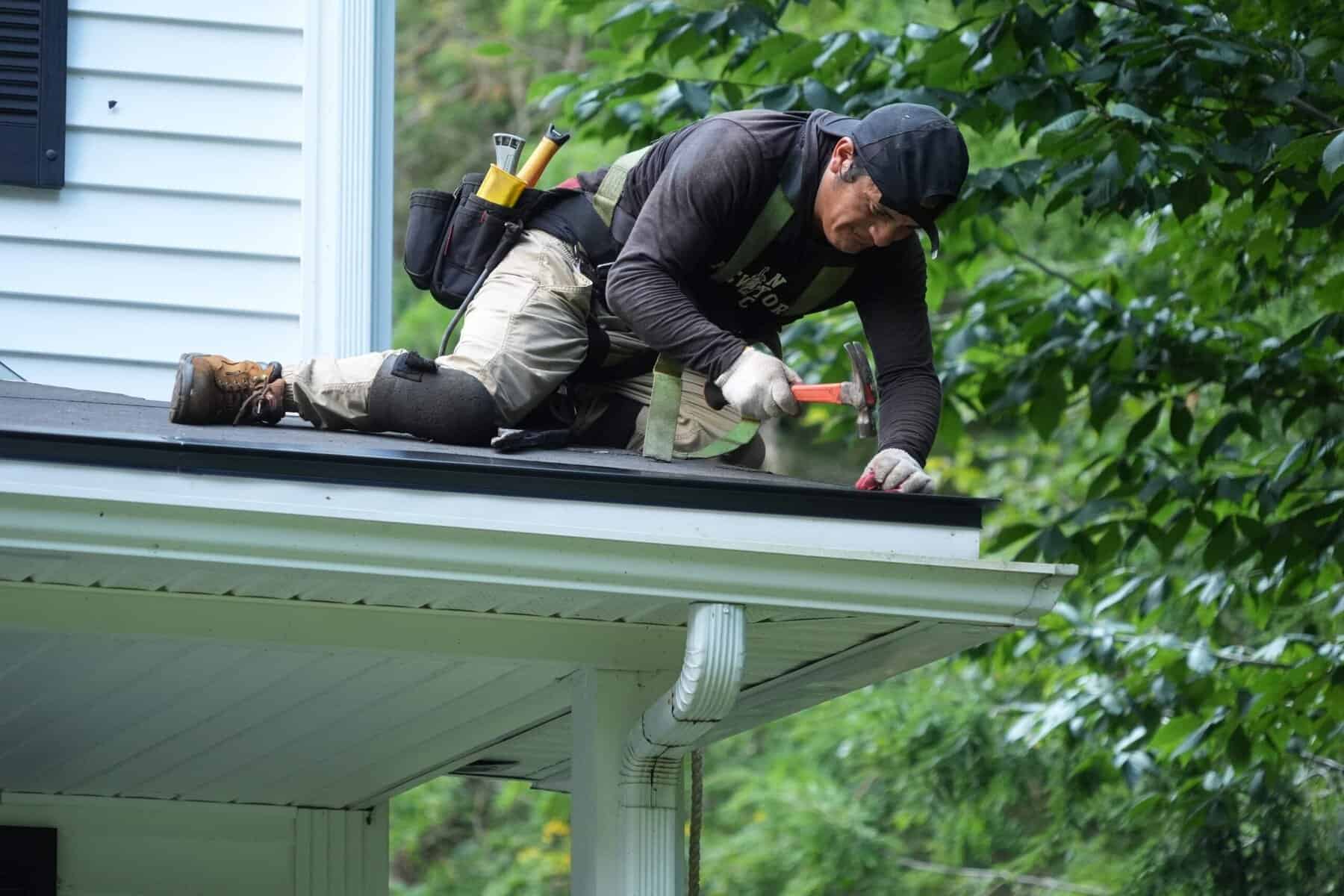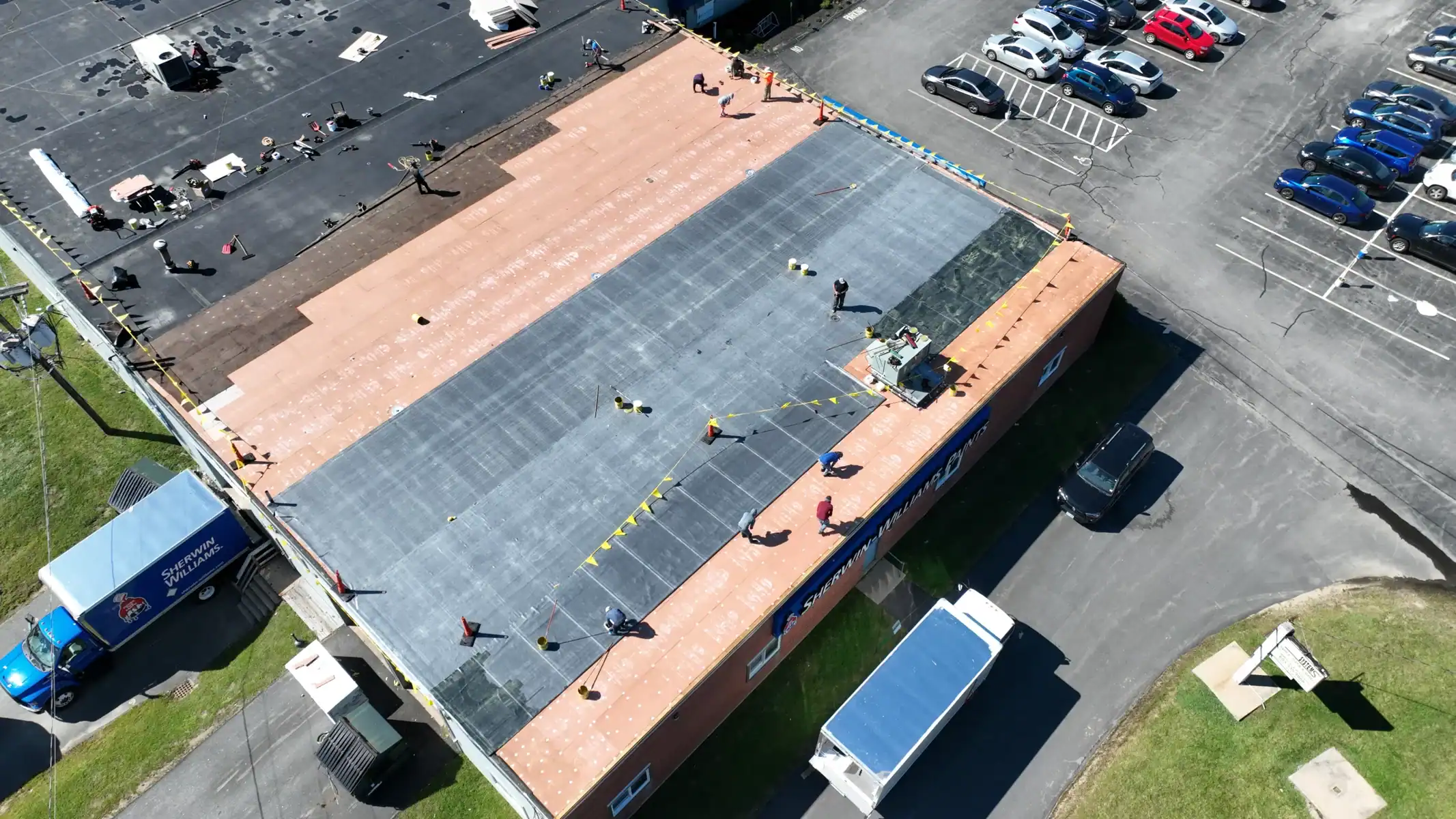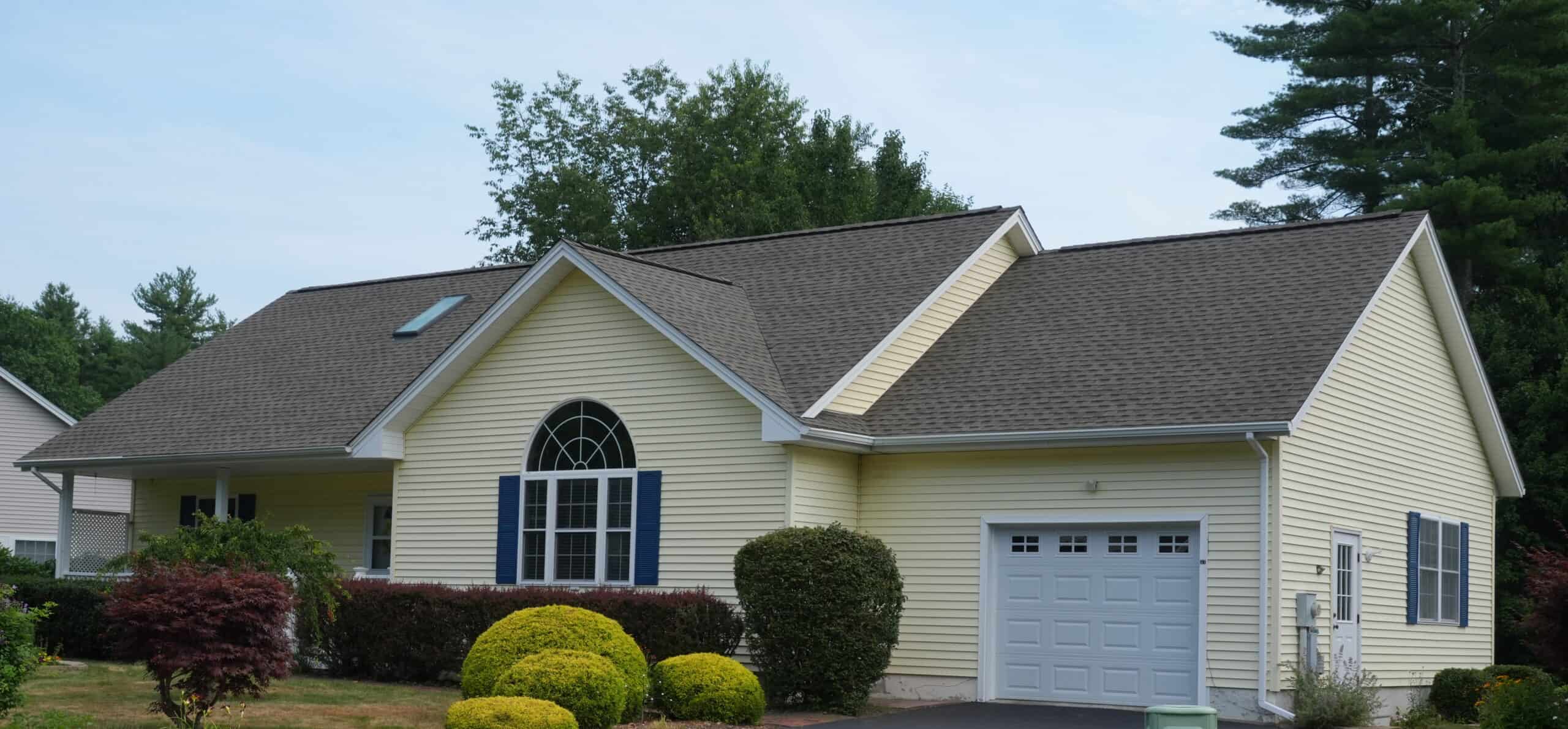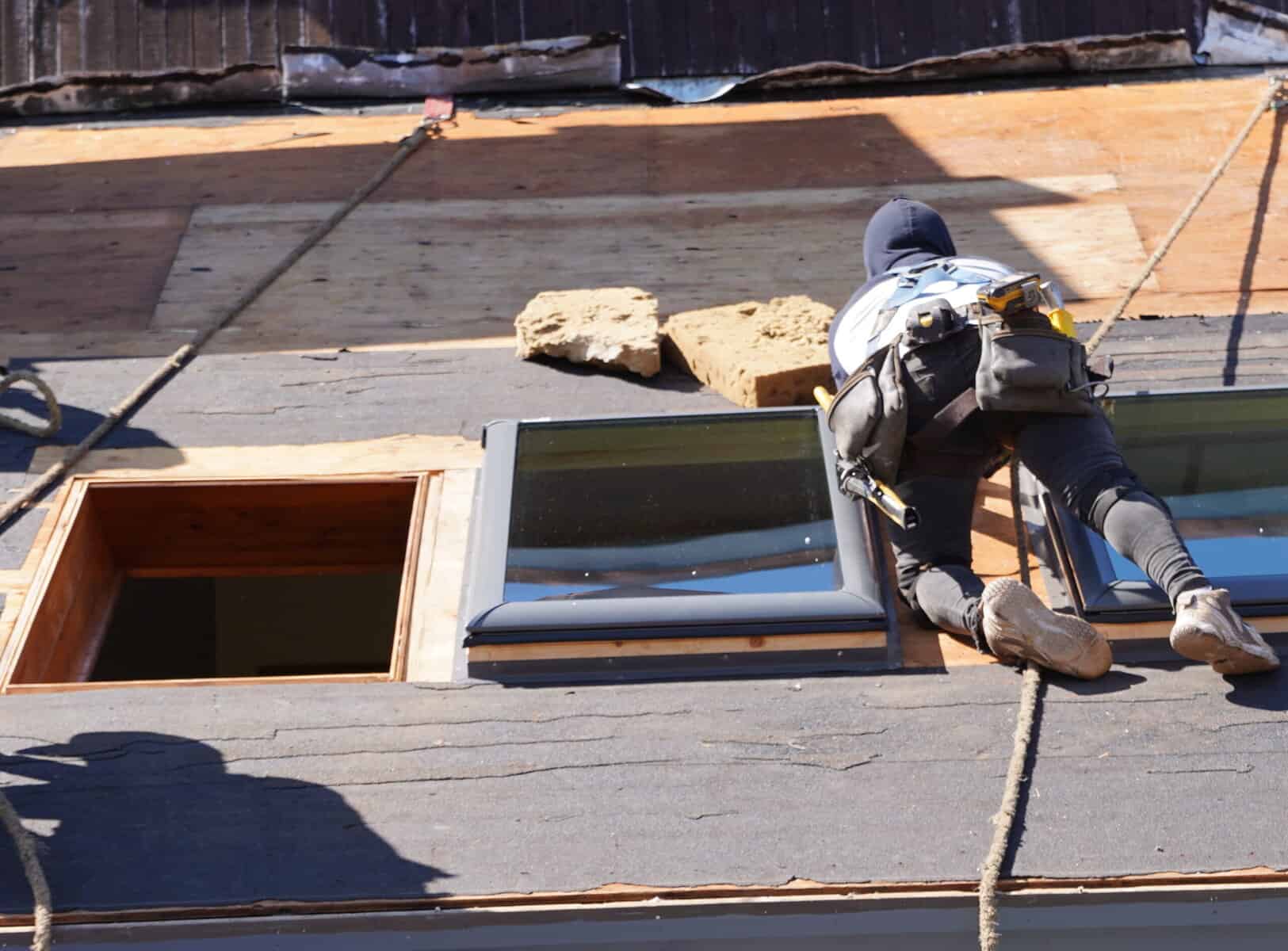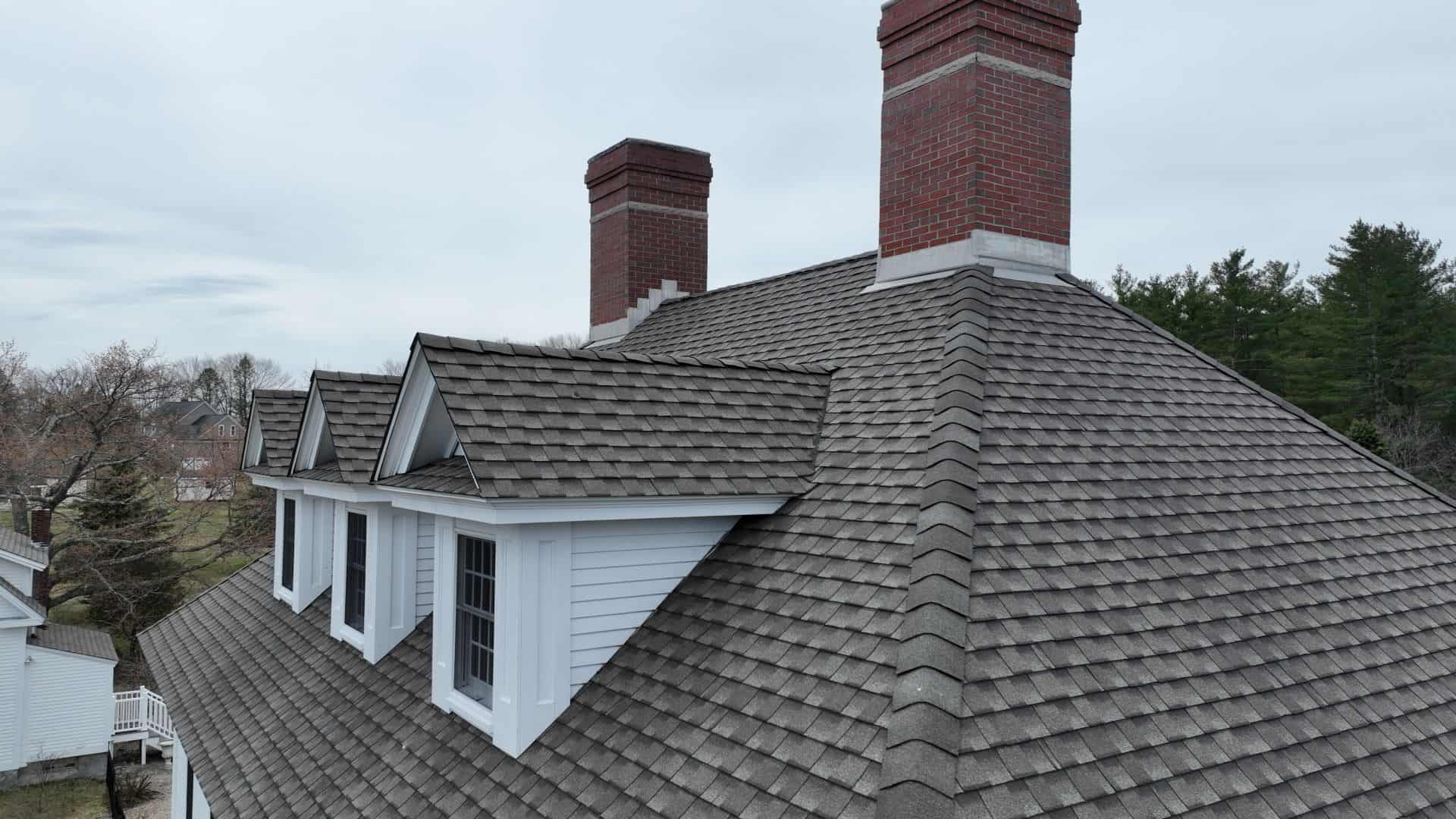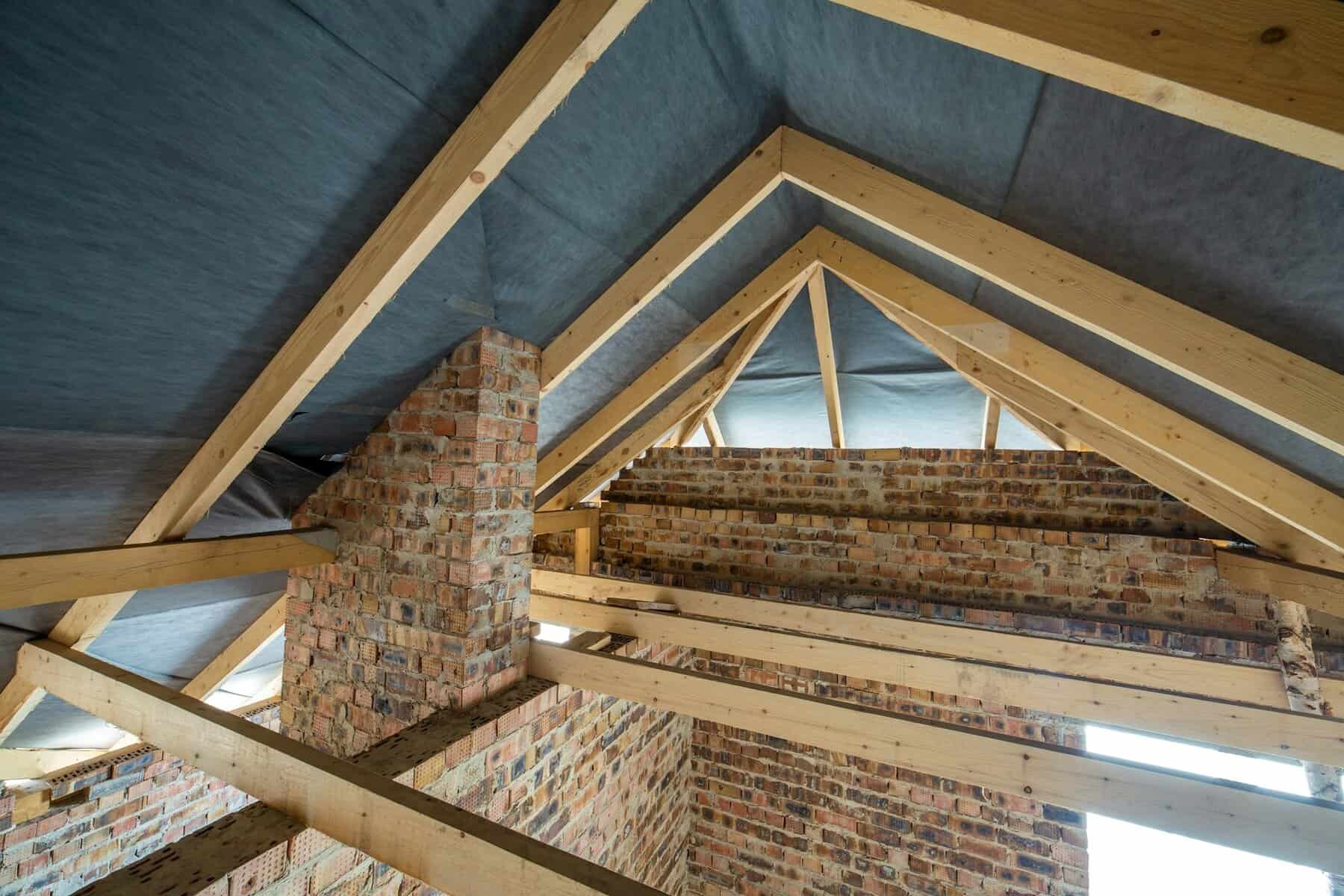Summer storms can hit hard in towns like Newton, bringing wind, heavy rain, and unexpected damage. One of the first parts of a house to take a hit is the gutter system. Gutters are supposed to collect and move water away from your property, but when storms roll through, they can end up twisted, cracked, loosened, or completely torn away. Once that happens, they can’t do their job, and water starts causing problems where it shouldn’t.
Quick action after a storm can make all the difference. Even small damage can lead to water pooling near the foundation, affecting siding or causing leaks into your basement. If debris clogs the system or sections are knocked loose, you’re looking at issues that only get worse if ignored. Staying ahead of gutter problems is one of the easiest ways to protect your home, especially when storm season shows no signs of slowing down.
Identifying Gutter Damage After a Storm
After a storm rolls through, your first priority should be checking your gutters for damage, but safety comes first. Avoid climbing ladders unless the weather has cleared and you’re confident about the conditions underfoot. If you’re uneasy about assessing the damage yourself, it’s always worth waiting for a professional.
Here are common signs storm damage has taken a toll on your gutter system:
– Gutters are hanging off or look misaligned
– Visible dents, cracks, or splits in the metal
– Water spots or streaks on siding below the gutters
– Pooled water near the foundation or in garden beds
– Sections are pulling away from the roof or fascia
– Seams between gutter sections are leaking
– Downspouts are clogged or detached
Sometimes the damage isn’t easy to spot from the ground. If your gutters sag or overflow, especially where they didn’t before, it’s a sign something’s off. Don’t wait for water to find its way indoors. Even a slight bend in the system can cause a backup that spills over in the wrong places. One Newton homeowner thought their downspouts were just clogged, only to find out a whole back section had loosened after a storm and was draining against the siding, leading to major staining and rot.
When things seem even a little off, it’s best to move to the next step before the problems spread.
Temporary Fixes for Immediate Protection
You might be dealing with more rain in the forecast, so temporary fixes can keep the situation from getting worse until help arrives. Just remember, these are short-term solutions to buy time, not long-term repairs.
Here are a few ways to reduce damage right away:
– Use gutter sealant to patch small cracks or holes in a pinch
– Tie or screw hanging gutter sections back into place, using the original brackets if still intact
– Clear out leaves and debris to help water drain, especially in downspouts
– Position splash blocks or flexible drain extensions at the bottoms of downspouts to guide water farther from the house
– Place a tarp or waterproof sheet along suspect roof edges to slow trickling runoff, keeping it from pooling near the base
Never try to reattach large sections on your own in rough weather. If a piece has already come loose, it may be bent or weakened. Some homeowners try to hammer dented areas back into shape, but that can lead to more damage or injury. These steps are about keeping things manageable until trained roofers can fix the issue the right way. Temporary work doesn’t mean doing the actual repair. It’s just about minimizing the water exposure until the pros step in.
Professional Gutter Repair Services
Once you’ve done what you can to reduce the damage, it’s time to bring in local professionals who understand what roof and gutter systems go through during Newton summers. Gutter damage isn’t always visible from the ground, and even when it is, the actual root of the issue could lie further up the roofline or under the eaves. That’s why it pays off to have experienced roofers look everything over thoroughly.
Hiring pros who specialize in gutter repair means the work will be done properly. They know how to match materials, reseal joints, replace hanging or torn sections, and resecure systems to avoid future failure. They’ll also check for related damage, like areas where water may have backed up under roof shingles or pooled near the home’s foundation.
Here’s what homeowners can typically expect during a gutter repair visit:
– A full inspection of the gutter system and related roof sections
– Identification of damage to downspouts, brackets, and flashing
– Details on whether sections can be repaired or need replacing
– Resealing of joints and realignment of sections for proper slope
– Reinforcement of attachment points for better stability during future storms
The goal is always to have gutters working like they should, moving water out and away from your property without leaks, overflows, or clogs. A small repair today helps avoid major headaches when the next storm rolls through.
Preventative Measures for Future Storms
Once your gutters are fixed, it’s smart to think about how to stop the same problem from happening again. Even strong systems can weaken if they’re ignored through storm season after storm season. Keeping them clean and tuned up means they stand a better chance the next time high winds and heavy rain slam into Newton.
Simple preventive steps that can help include:
– Scheduling regular gutter cleanouts, especially during late spring and summer storm periods
– Having brackets and hangers checked for rust, movement, or gaps
– Making sure gutters and downspouts drain at least several feet away from your foundation
– Trimming back tree limbs that overhang rooftops and drop debris into gutters
– Adding mesh or gutter screens to reduce clogs from leaves and needles
Some homeowners even install stronger gutter materials or wider downspouts if the same sections keep giving them trouble. Whether it’s a light shower or a sudden downpour, clean and secure gutters can handle more water when they’re kept in good shape.
What Your Gutters Say About the Health of Your Home
Gutter problems left alone can lead to damage well beyond your siding or lawn. Water infiltration doesn’t take much, just a damaged seam or sagging section. By spotting the signs early, reacting fast, and fixing damage right the first time, Newton homeowners save themselves from bigger repairs in the future.
Summer storms roll in fast, and each one has the chance to cause damage if your home isn’t ready. If you’ve already weathered a storm and suspect your gutters didn’t come through untouched, don’t brush it off as nothing. The smallest issue now can grow over time into something that costs even more to fix. Give your gutters the care and attention they need, and they’ll keep protecting your home when it counts.
As you keep your home protected from the elements, having a reliable team ready to tackle gutter issues is key. If you’re looking for dependable roofers in Newton, J. Carnes & Son Roofing is here to help. Our experienced professionals ensure your gutters stay in peak condition, ready for whatever storms roll in next. Don’t wait for water damage to sneak up—reach out to keep your home safe and dry.

